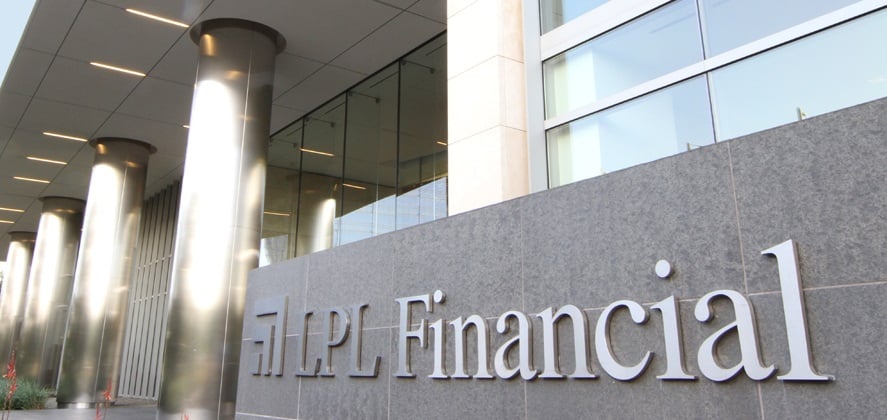In moves that indicate across the board belt-tightening at LPL Financial, the company has eliminated as many as 70 jobs and is delaying raises to employees next year by at least six months.
Those job cuts, which primarily affect managers, affect LPL's Boston, San Diego and Charlotte, N.C., business locations, said Brett Weinberg, a company spokesman.
LPL's CEO Mark Casady in October told investors that the company intended in 2016 to keep a sharp eye on the growth rate of its expenses and also launch a $500 million buyback of its shares.
LPL Financial has 3,400 employees and more than 14,000 independent contract financial advisers and registered advisers. Mr. Weinberg would not comment on a specific number of employees who have been cut.
When asked about the job cuts, Mr. Weinberg said that it was “a small number, primarily at the manager level.” He added that a 2% percent staff reduction was on the high end of the range, and that LPL currently had 150 job openings.
“These small, targeted role changes were all made to create a better organizational structure to further enhance our support” of LPL's financial advisers, he said.
LPL is also pushing back performance reviews of its team to September, instead of March, Mr. Weinberg said. Raises for employees, known as “merit increases,” are tied to those reviews, he said, adding that there was no scheduled change to bonuses in March.
LPL Financial has recently stressed that it wanted to curb the growth rate of its general and administrative expenses. The company's year-over-year, core general and administrative growth rate, excluding regulatory items, increased 13% to $616 million in 2013 and rose 5% to $648 million a year later, according to a company presentation on Tuesday from the Goldman Sachs US Financial Services conference.
LPL's core expense growth in 2015 is expected to be between 7.5% and 8.5%, while the company's outlook in 2016 is to curb that expense growth to just 2% to 4%, according to the presentation.
(More: LPL authorizes $500M share buyback)
LPL announced the share buyback and effort to curb expense growth shortly after activist investor Marcato Capital Management disclosed it had purchased a 6.3% stake in the company and said it believed the firm's shares were undervalued. After bottoming out at $37.60 on Oct. 14, LPL's shares have risen 18% and were trading at $44.45 as of 2:30 p.m. Thursday.







